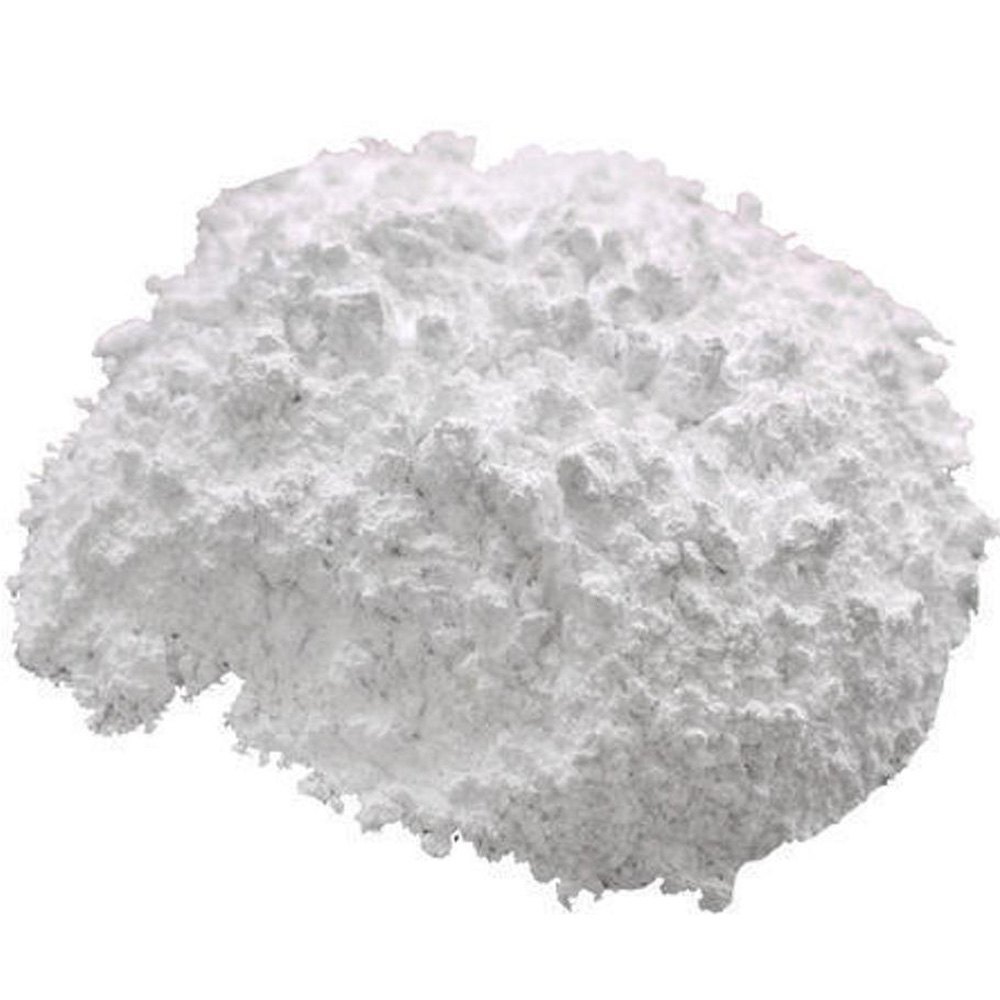Activated calcium carbonate is a versatile material with a wide range of applications in various industries. This substance is commonly found in both natural and industrial sources, contributing to its importance in manufacturing, agriculture, and even healthcare. Understanding where activated calcium carbonate can be found and how it is produced can help you recognize its value in different fields.
Natural Sources of Calcium Carbonate
One of the primary sources of activated calcium carbonate comes from naturally occurring deposits. These are typically found in the form of limestone, marble, and chalk. These minerals are abundant in many parts of the world, particularly in areas with large sedimentary rock formations. When calcium carbonate is extracted from these natural deposits, it is processed to produce different forms, including activated calcium carbonate, which enhances its properties for use in various applications.
Industrial Production of Activated Calcium Carbonate
In addition to natural sources, activated calcium carbonate can also be produced in industrial settings. This involves a specialized process where calcium carbonate undergoes thermal decomposition, often in a high-temperature furnace. The process typically results in the formation of quicklime, which is then further treated to produce the activated form. This process improves the reactivity and surface area of the calcium carbonate, making it more effective for use in industries such as plastics, paints, and rubber manufacturing.
Uses in the Manufacturing Industry
Activated calcium carbonate is found in a range of manufacturing processes. In industries like plastics and rubber, it is used as a filler material. The material’s ability to improve the strength and durability of these products makes it highly valuable. Additionally, its high surface area allows for better interaction with other components in the formulation, enhancing the overall performance of the end product. Whether it’s in paint, coatings, or adhesives, activated calcium carbonate is a crucial additive that improves both quality and cost-effectiveness.
Role in Agriculture and Soil Treatment
Another important use of activated calcium carbonate is in agriculture, where it serves as a soil conditioner. In this context, it helps to neutralize acidic soils, improving soil quality and promoting healthy plant growth. By adjusting the pH of the soil, activated calcium carbonate helps create an environment that is more conducive to crop production. Farmers often use this material to enhance soil fertility and increase crop yields.
Health and Medicine
Activated calcium carbonate is also found in the pharmaceutical industry, where it is used in various health-related applications. It is commonly used as an antacid to treat indigestion and heartburn. In this context, it works by neutralizing excess stomach acid. Additionally, activated calcium carbonate is sometimes used as a calcium supplement, helping individuals who have a deficiency in this essential mineral. Its easy availability and effectiveness make it an important component in healthcare.
Environmental Applications
In the environmental sector, activated calcium carbonate is often used to treat waste water and reduce environmental pollution. Its ability to absorb impurities and neutralize harmful substances makes it a valuable tool in water treatment plants. By adding this material to water, industries can reduce the levels of harmful pollutants, making the water safer for both human consumption and wildlife.
Conclusion
Activated calcium carbonate can be found in a variety of sources, both natural and industrial. Its versatility makes it a key material in multiple industries, from manufacturing and agriculture to healthcare and environmental protection. By understanding where and how this substance is found, we can better appreciate its importance in modern applications. Whether in the form of limestone or as a byproduct of industrial processing, activated calcium carbonate continues to play a significant role in improving products and processes across the globe.

